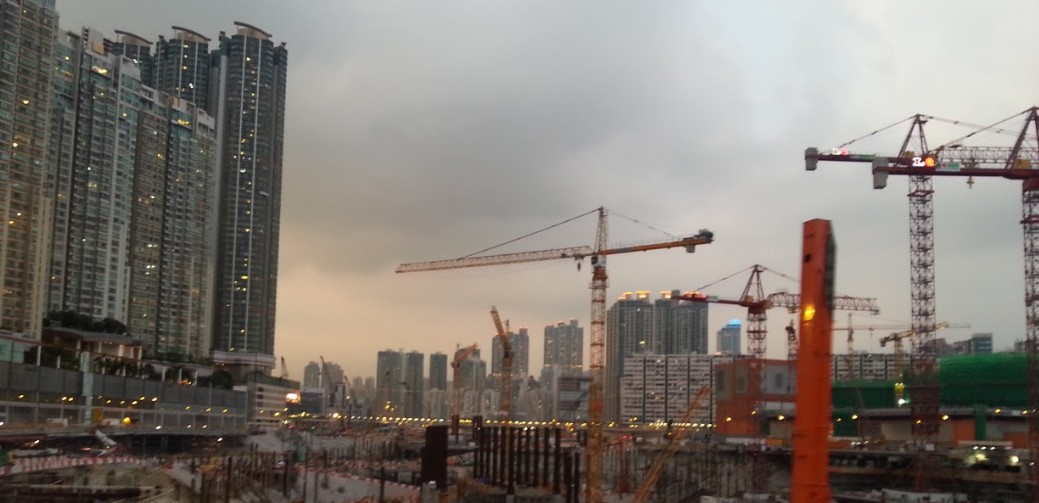A detailed study by Prism Economics and Analysis on the labour market of civil engineers helped to establish hiring projections from the present to 2020, which show certain imbalances between the different Canadian provinces.
AN UNBALANCED LABOUR MARKET
The study, carried out by Prism Economics and Analysis, emphasizes three types of imbalances in the engineering labour market in Canada. The first type is regional: while the West’s market, thought to be “limited”, poses great challenges to recruiters, the less dynamic market of the East is synonymous with large-scale competition between job seekers. The second imbalance concerns the significant number of retiring engineers in relation to the low volume of jobs created by economic growth. This results in a shortage of skills, especially among specialized and experienced engineers. The third imbalance, which has a tendency to worsen, lies between young engineers without significant practical experience, and engineers from abroad arriving in large numbers to fill jobs that require an experienced resume. In order to alleviate these growing imbalances, regional mobility is one of the keys to re-establishing harmony between the provinces.
A QUESTION OF SUPPLY AND DEMAND
The labour force demand for engineering jobs in Canada depends on the replacement of retiring workers and economic growth, and this is turning out to be relatively low due notably to austerity policies. However, the western provinces have managed to remain solid thanks to investments in mining, oil, gas as well as in transportation and in public service. The demand resulting from growth will create 16,000 jobs in engineering from 2011 to 2020, mostly west of Quebec. The replacement of retiring engineers remains a crucial issue for recruiters. Today, in fact, the average age of engineers is nearing 40 and could reach 60 in 2020. While the annual loss of workforce currently ranges between 1.7 and 2.6 %, this rate will reach 4.6 % for civil engineers in 2020. More than 95,000 jobs will go unfilled from now until 2020, so finding experienced engineers will constitute a great challenge in some sectors.
With regards to the labour force supply in the engineering profession, the Prism Economics and Analysis study states that 102,000 young engineers will enter the labour market from now until 2020 in Canada. To remedy this talent deficit (111,000 jobs to fill), the market will have to resort to skills coming from abroad. More than 80,000 foreign engineers are expected between 2012-2020, which is despite everything, a decrease of 50% compared to the 2001-2010 period.
PROVINCIAL SPECIFICS
British Colombia
Despite an increase in engineering graduates, which will peak in 2017, the supply will not be enough to cover the overall demand, related to retirement and to new projects until 2020.
Alberta
Alberta should see an increase in hiring from now until 2020, after a pause in gas and oil projects in 2013 and 2014. Enrolment in post-secondary programs being lower than the national average, and immigration having fallen in the last five years, the pressure on recruiters is going to sharpen.
Saskatchewan
Resource and infrastructure development markets are less cyclical in Saskatchewan than in British Colombia and Alberta. However, over the course of the decade, the scarcity of supply will remain a veritable problem, accentuated by an insufficient number of engineering graduates and by a decrease in immigration. An increase has already been noted in the number of engineers from other provinces hoping to obtain a license and a job in Saskatchewan.
Manitoba
The increase in demand related to new projects will bring tension from 2013 to 2020, particularly in civil and electrical engineering. To remedy this imbalance, Manitoban industry will rely on the immigration of foreign temporary workers.
Ontario
Starting in 2015, the labour market will be less strained, due to a greater arrival of young graduates. Immigration should remain at a relatively low rate until 2020, much like economic growth, and will thus not be subject to any imbalance.
Quebec
Until 2020, the labour force demand in engineering will be limited because of demographic trends and budget cutbacks. The replacement of retiring workers will be mostly ensured by the arrival of new graduates and immigrant engineers to the market. There will be a certain imbalance in the engineering sector.
New Brunswick and Prince Edward Island
Due to the completion of some large projects, hiring related to growth will be limited, except for civil and industrial engineers. An imbalance will be felt more and more between the need for an experienced labour force (to alleviate the increasing departures of retiring professionals) and a young, inexperienced supply.
Nova Scotia
Though Nova Scotia shows the same characteristics as New Brunswick and Prince Edward Island concerning demand, it distinguishes itself in supply. In fact, the low number of young graduates and a decline in immigration will create a strong imbalance for one third of engineering markets.
Newfoundland and Labrador
The markets are more cyclical in this province than elsewhere. The increase in labour force demand will be partly satisfied by consulting engineers coming from other provinces. However, Newfoundland and Labrador will have a shortage during certain periods from now until 2020.
SOME MEASURES TO COUNTERACT THE IMBALANCES
In order to reduce the imbalances between supply and demand in the engineering labour force, some measures may be examined:
- Benefit from the expertise of engineers approaching retirement age by keeping them active for longer periods or by encouraging their status as consultants;
- Adapt post-secondary programs to better meet the needs of businesses;
- Increase the labour force supply in western Canada by developing training and immigration.
- Encourage the exchange of engineers between provinces and specialities.
